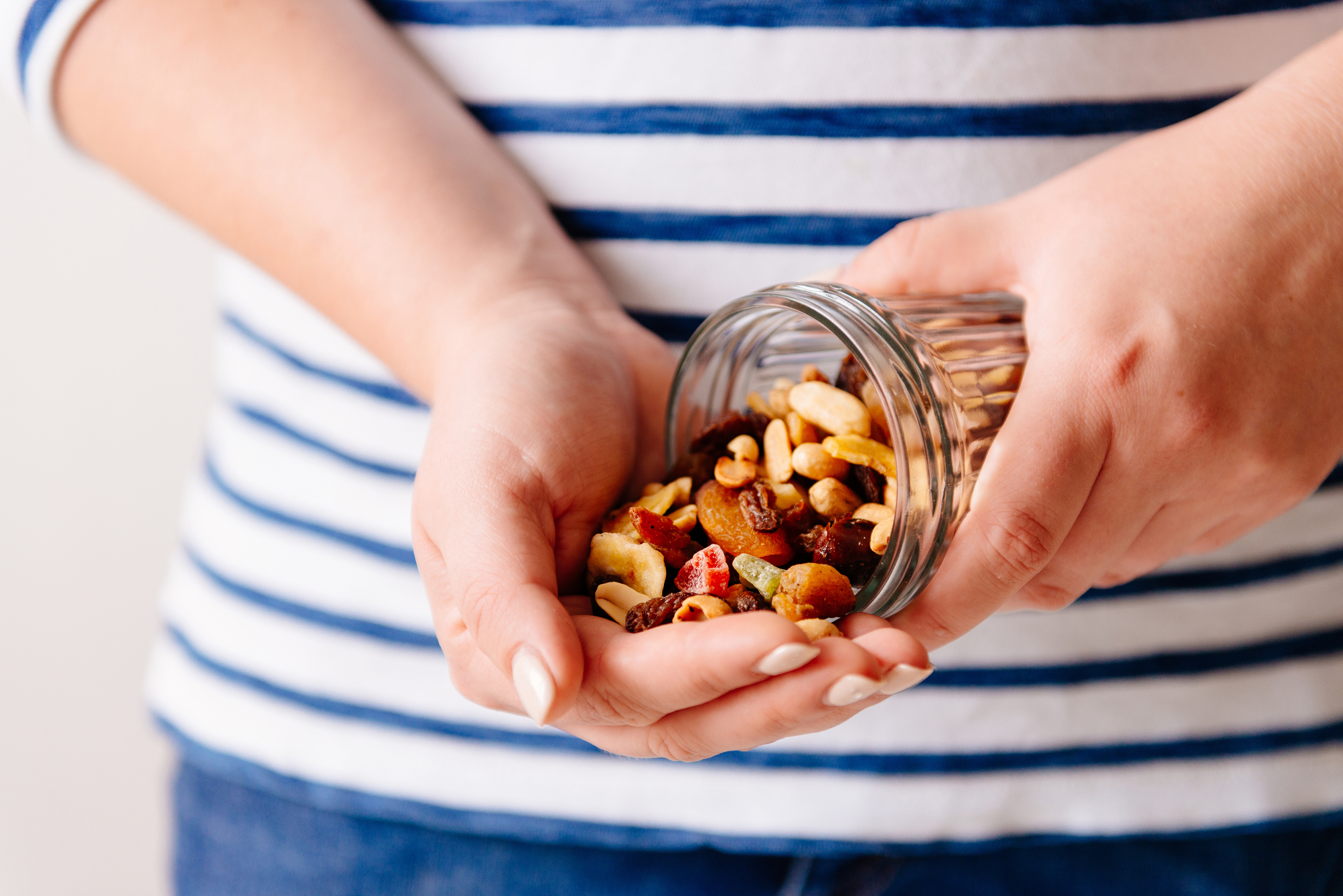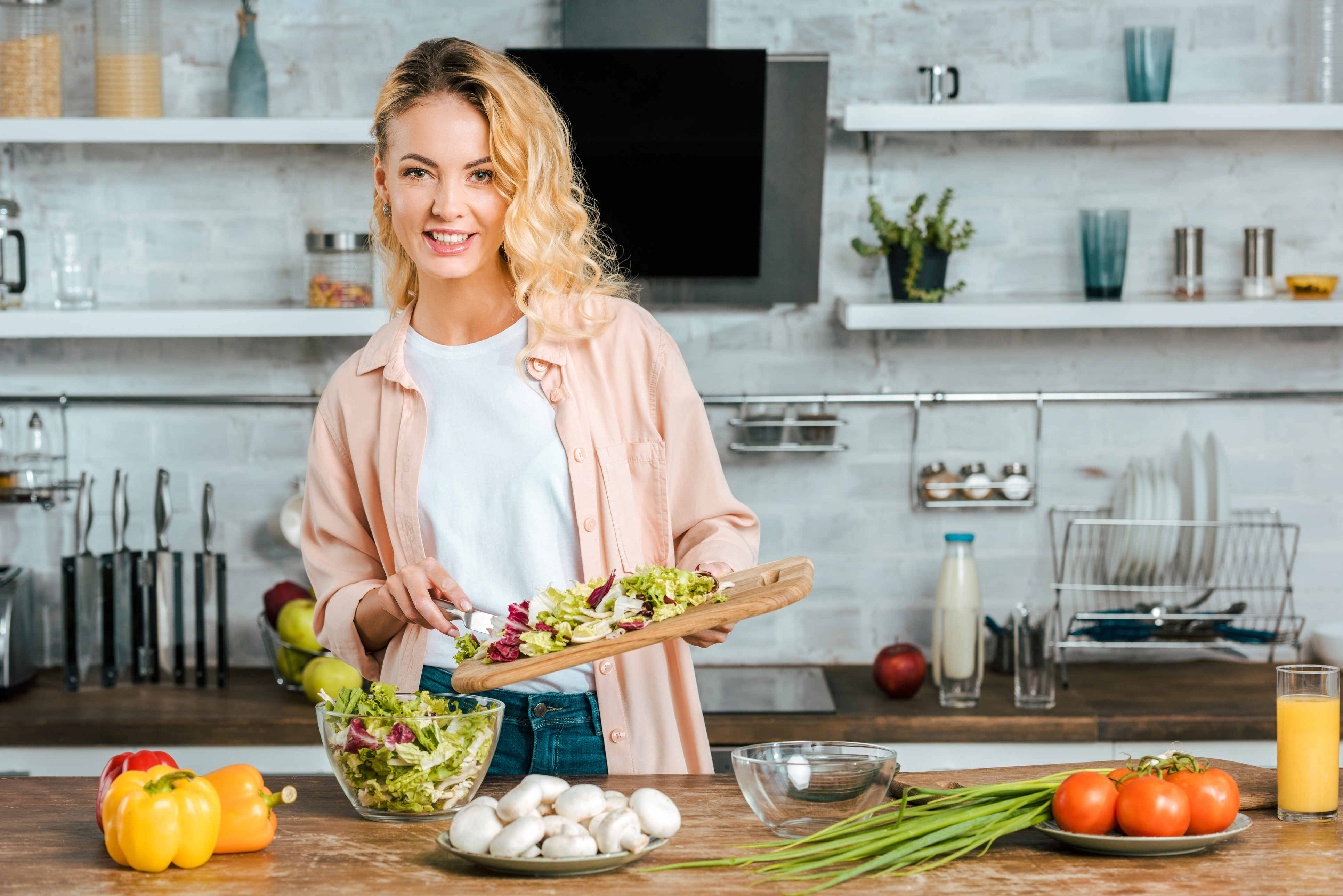Want to do more to support your health and the planet by going plant-based, but struggle with energy dips and feeling depleted?
I’ve chatted with a few friends who returned to meat recently – not because they desperately missed those juicy steaks or couldn’t live without their Thursday-night Nando’s (actually, that did apply in some cases), but because they missed feeling awake and energised.
The fact is, drastically changing your diet can throw things off balance. This is all stuff we can work through – and the rewards will come – but there’s no shame if it takes a bit of trial and error.
Go easy on yourself
If ‘all or nothing’ hasn’t worked, take baby steps instead. It shouldn’t feel like a punishment – food should still totally be a joy, and certainly nourishing.
“Remember we are all on a journey. Our lifestyles and bodies are all very different and you need to be sensitive to that and not be too hard on yourself,” says Andrea Waters, executive chef at vegan London restaurant Redemption (redemptionbar.co.uk), home of the world’s first non-alcoholic bar.
Cutting down slowly might make more sense. “If you’re a long-term meat eater, then maybe start by going meat-free just a few days a week. Going fully plant-based is quite a lot to get your head around if you’ve been eating meat every day, in some cases at every meal,” says registered nutritionist and cookbook author Rob Hobson (robhobson.co.uk). “The easiest way to begin is to learn how to adapt the dishes you most commonly cook.”
Ben Whale, executive chef at The Body Camp (thebodycamp.com), the 100% plant-based fitness retreat brand, agrees: “Always start off with some plant-based meals you either know how to cook or can have a good go at, to build up your confidence and repertoire, and slowly start introducing new dishes when you can. You’re heading in the right direction, so be kind to yourself. If you don’t have time to cook, then choose a plant-based option when out and about.”
You’re probably going to need to eat more than you think
One of the main reasons for plant-based fatigue is simply not eating enough. Meat and dairy are generally a lot more calorie-dense than plant-based equivalents.
“People switching to plant-based often say they have less energy. This is often because they’re eating less calories; suddenly they’re missing that extra 300-500kcals they got from cheese, butter, steak, chicken and salmon for example, but their portion sizes are the same,” says Whale. “So definitely increase your portion sizes. That’s the beauty with whole foods, you can eat loads and get away with it!”
Waters adds: “Meat and dairy are dense and take longer for your body to digest. When eating plant-based you can be much more abundant, fill that plate up!”
Learn how to ‘bulk up’ your meals too
As well as upping portion sizes, it’s useful to think about ways to power up plant-based meals. “You can’t survive on kale alone. Make sure you always have slow-release whole grains on your plate; brown rice, whole-wheat pasta (chickpea or brown rice pasta is great for a gluten-free option), buckwheat or lentils. These break down slowly, steadily releasing energy and balancing blood sugar so you don’t get that spike,” says Waters.
“And don’t be afraid to snack. If you snack on fruit (fresh or dried) or nuts during the day, that’s OK. Ripe bananas, dried apricots, or a handful of nuts are great sources of magnesium and potassium that act as little energy boosts.”

And when thinking about energy levels, it’s not all about carbs and sugar. Ensuring meals contain plenty of protein and vital fats is also key; this will help you feel satisfied after eating too.
“Protein is often a concern. You can get all the protein you need on a plant-based diet by eating foods such as pulses, beans, lentils, Quorn, oats, nuts, seeds and soy foods. Some plant proteins are lacking in essential amino acids but including a range of different proteins in your diet every day will ensure a balance,” says Hobson, who adds that tofu is another “really good source of plant protein”. If you’re not sure how to use it, start with ready-prepared packs, which you can add to stir-fries, stews and simple curries.
If you are just having a ‘light’ meal, think about adding something extra on the side. As Whale suggests: “Make a smoothie with banana, almond butter, avocado and maca for example, especially if you’ve only had salad for lunch.”
Think about how you’re topping up your nutrients
Generally, dietary sources should always come first when it comes to nutrition, but this may take some extra consideration when changing your diet and sometimes supplementing is necessary (make sure you get things checked with a doctor if you are concerned about possible deficiencies).
“If you’re cutting out dairy, make sure you look for a fortified milk alternative,” says Hobson. “Fortified foods can be a useful way to get vitamin B12 in the diet. This nutrient is mostly found in animal and dairy foods. Very few foods other than fortified foods and yeast extract contain vitamin B12. Vegan-based supplements contain B12 and are available in tablet or oral spray form.
“Omega 3 is tricky to glean from plant sources so you may want to invest in a vegan omega 3 supplement, such as Healthspan Veg-Omega 3 100mg (£19.95 for 60 capsules). While you’re adapting, you may also want to consider a vegan multivitamin and mineral supplement, such as Healthspan Multivitality for Vegetarians and Vegans (£9.95 for 120 tablets).”

Iron is another key mineral to think about, along with calcium. Hobson says: “Include foods such as beans, pulses, tofu, oats, dried fruit, dried spices, dried herbs, nuts and dark green leafy vegetables. This type of iron is referred to a non-haem and is not as easily absorbed in the body. You can increase the absorption of iron from these foods by eating with a source of vitamin C (berries, orange juice, citrus fruits and sweet peppers). Try to avoid drinking tea with meals as the tannins can inhibit the absorption of non-haem iron.
“Calcium sources include soy foods, beans, pulses, lentils, almonds, sesame seeds, dark leafy greens. Calcium is especially important for teenage vegans as their bones are still developing, menopausal women and older adults, especially those at risk of osteoporosis,” adds Hobson. “And it’s important for everyone to invest in a vitamin D supplement during the winter months as this helps with the uptake of calcium in the body.”
Spices can be a super-source too. “Good ways to bulk up the nutritional value of your meals is to add spices,” says Whale. “I love madras curry powder, which is turmeric, cumin, garlic, black pepper, ground coriander seeds and a couple more things. I put it in curries and also on baked sweet potato wedges. Dried herbs, like basil and parsley, if you don’t have fresh, are a good source of minerals too.”
And don’t forget small-but-mighty seeds. “Pumpkin, flax, hemp and sunflower seeds and almonds are high in B vitamins, omega 3 essential fatty acids and calcium. Create a lightly roasted nut mix to sprinkle on your morning breakfast yoghurt or granola,” suggests Waters.





